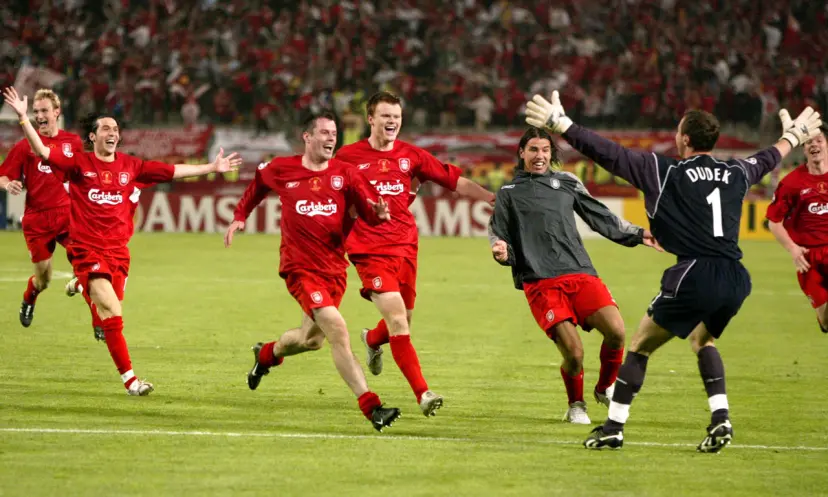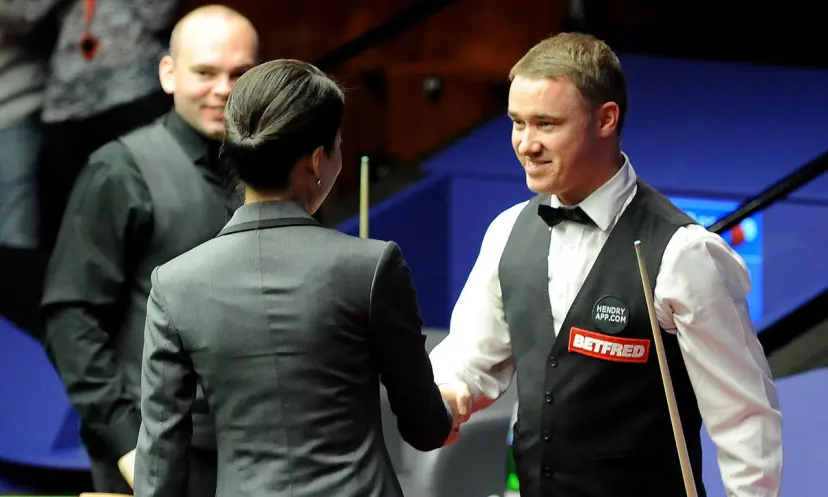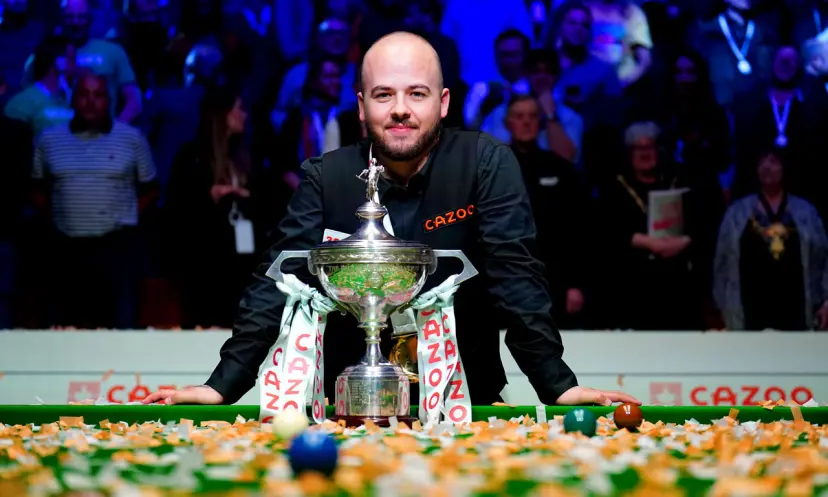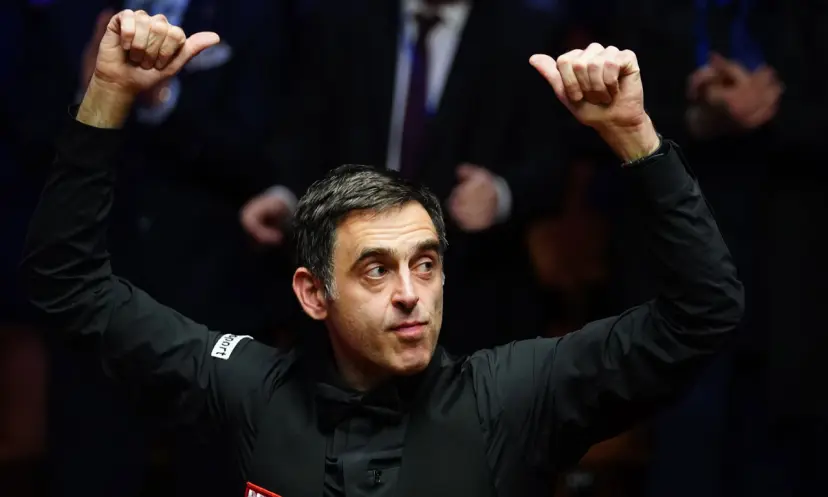Analysing the World Snooker Championship
Published:
World Snooker Championship format and recent trends
The World Snooker Championship will begin at the Crucible Theatre in Sheffield on Saturday and comes to a conclusion with the final on May 2.
We have already looked at some of the biggest talking points ahead of this year’s event but now we crunch the numbers and analyse every frame from the last 20 tournaments to see what fans can expect this time around, including who could pocket the £500,000 prize awarded to the winner.
How does the World Snooker Championship work?
The World Snooker Championship is a seeded knockout tournament preceded by a series of qualifying rounds.
The defending champion qualifies automatically as the number one seed, with the top 15 players in the latest world rankings also seeded. These 16 players are each drawn into a first-round match and paired with an unseeded qualifier.
This latter pool is formed of the 16 players who made it through the qualifying phase, although depending on their world ranking they may have skipped some of the four rounds.
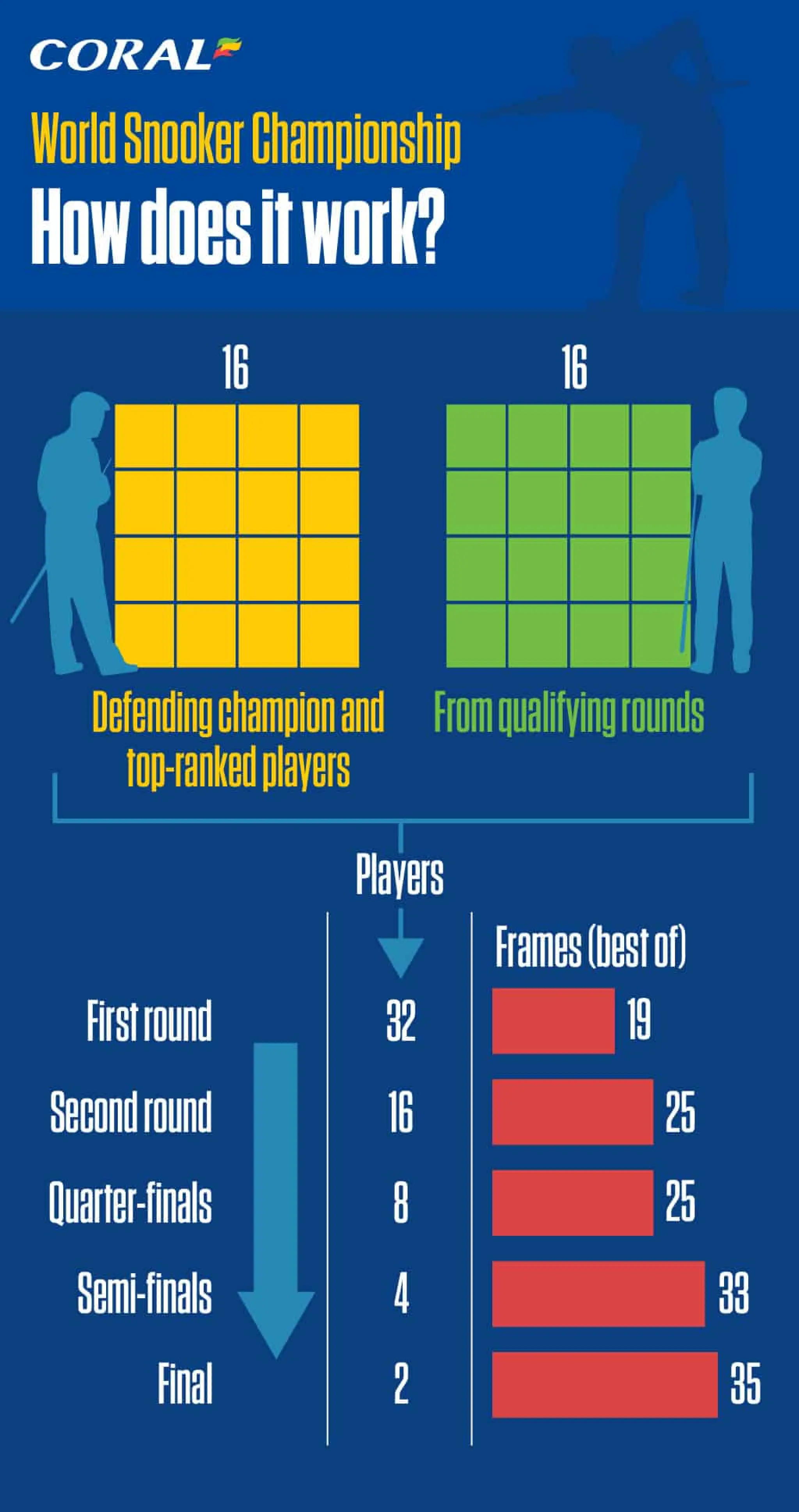
The tournament then progresses with the 32 players being gradually whittled down by half in each subsequent round until a champion is decided. The number of frames gradually increases from 19 in the first round to 35 – almost twice as many – in the final, which is played over two days.
Will we see an unseeded player go far?
The nature of the draw means that the World Snooker Championship odds are stacked against players who have to go through qualifying, with just under 70% of first-round ties seeing the seeded player advance.
This leaves an average of around five unseeded players in the second round, which drops sharply again to one and a half out of eight in the quarter-finals.
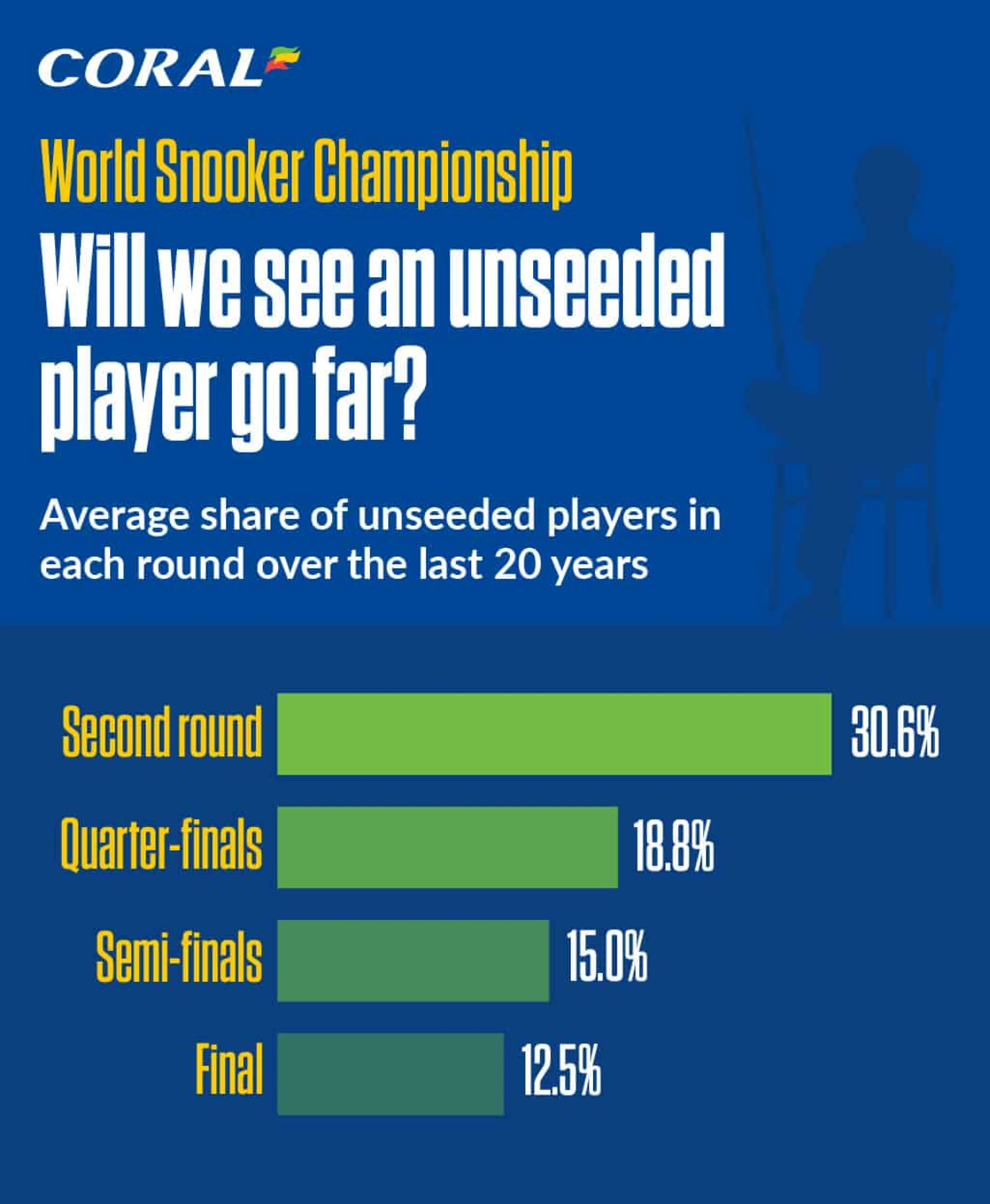
Five unseeded players have made the final over the last two decades, although this is becoming rarer. The most recent qualifier to get this far was Ding Junhui in 2016, who in doing so also became the competition’s first Asian finalist.
Only one of those aforementioned five went on to lift the trophy: Shaun Murphy’s shock win in 2005. Murphy was the first player to manage this feat since Terry Griffiths in 1979 and became the second youngest winner of the tournament after Stephen Hendry.
How well do the seeds perform?
Now that we have established that being a seed is a reasonable guarantee of success, we can dig a bit deeper and look at which seeds tend to fare best.
Interestingly this is not the number one seeds but the number fives, who along with the fourth and sixth seeds have made it to 12 of the last 20 quarter-finals.
Where the fifth seeds have been unmatched is in their progression after that stage, with 11 reaching the semi-finals and seven getting to the final itself.
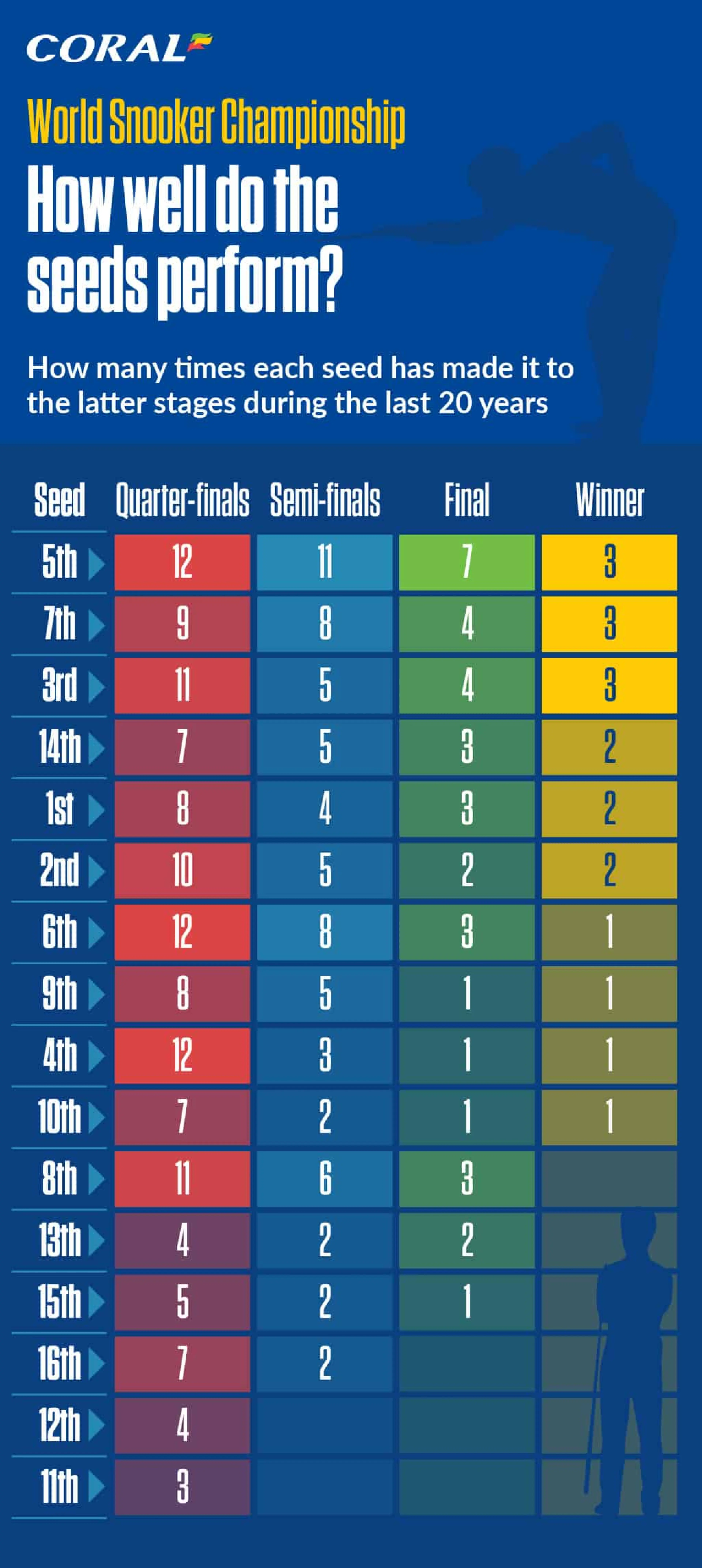
This is good news for this year’s fifth seed Kyren Wilson, who has reached the semi-finals in each of the last four tournaments and will be looking to improve on his 2020 final defeat to Ronnie O’Sullivan.
At the other end of the spectrum there are two seeding berths which have collectively done worse than the 16th seeds: 11th and 12th.
Anyone looking to avoid the jinx affecting these seeds would do well to steer clear of Luca Brecel and 2015 champion Stuart Bingham in the 2022 World Snooker Championship betting.
Does last year’s performance matter?
This tournament has a short memory, with half of the finalists in the last 20 years having failed to even reach the quarter-finals the previous year.
This works both ways with only two players having successfully defended their title in this period: Ronnie O’ Sullivan in 2013 and Mark Selby in 2017.
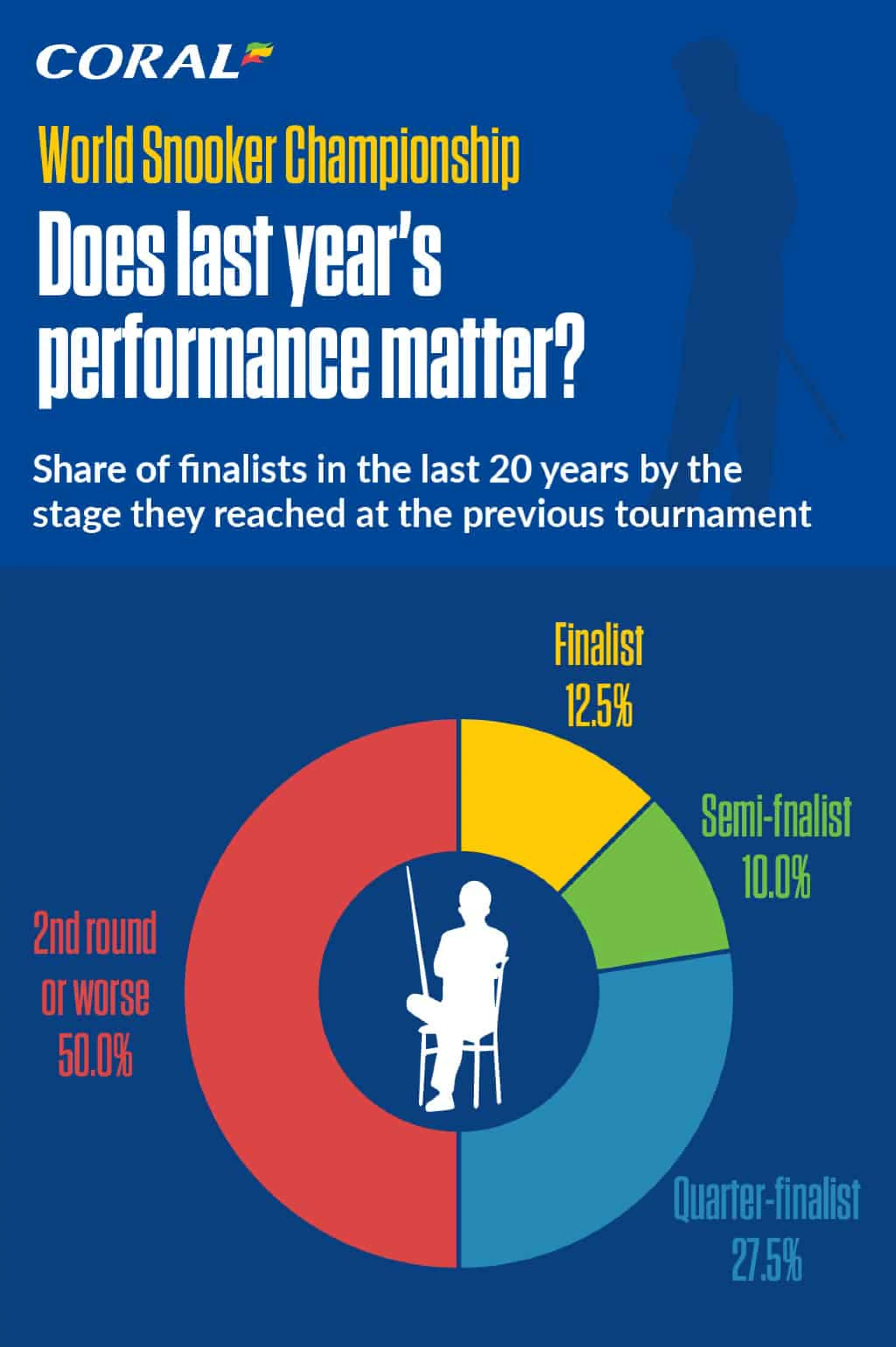
In fact more than half of defending champions – 12 out of 20 – did not even make it to the quarter-finals of the following year’s World Championship. Therefore it would be naive to expect a strong showing in 2021 to carry over to this year without some analysis of a player’s more recent form to back that up.
Which players have the best recent pedigree?
We can narrow our focus to the last five World Snooker Championships to see which players have consistently reached the latter stages.
Another reason to favour Kyren Wilson is that he is the only player to have made it to the last eight in all of these tournaments.
Fourth seed and 2019 winner Judd Trump has done so four times since his early exit in 2017 but has only once reached the semis.
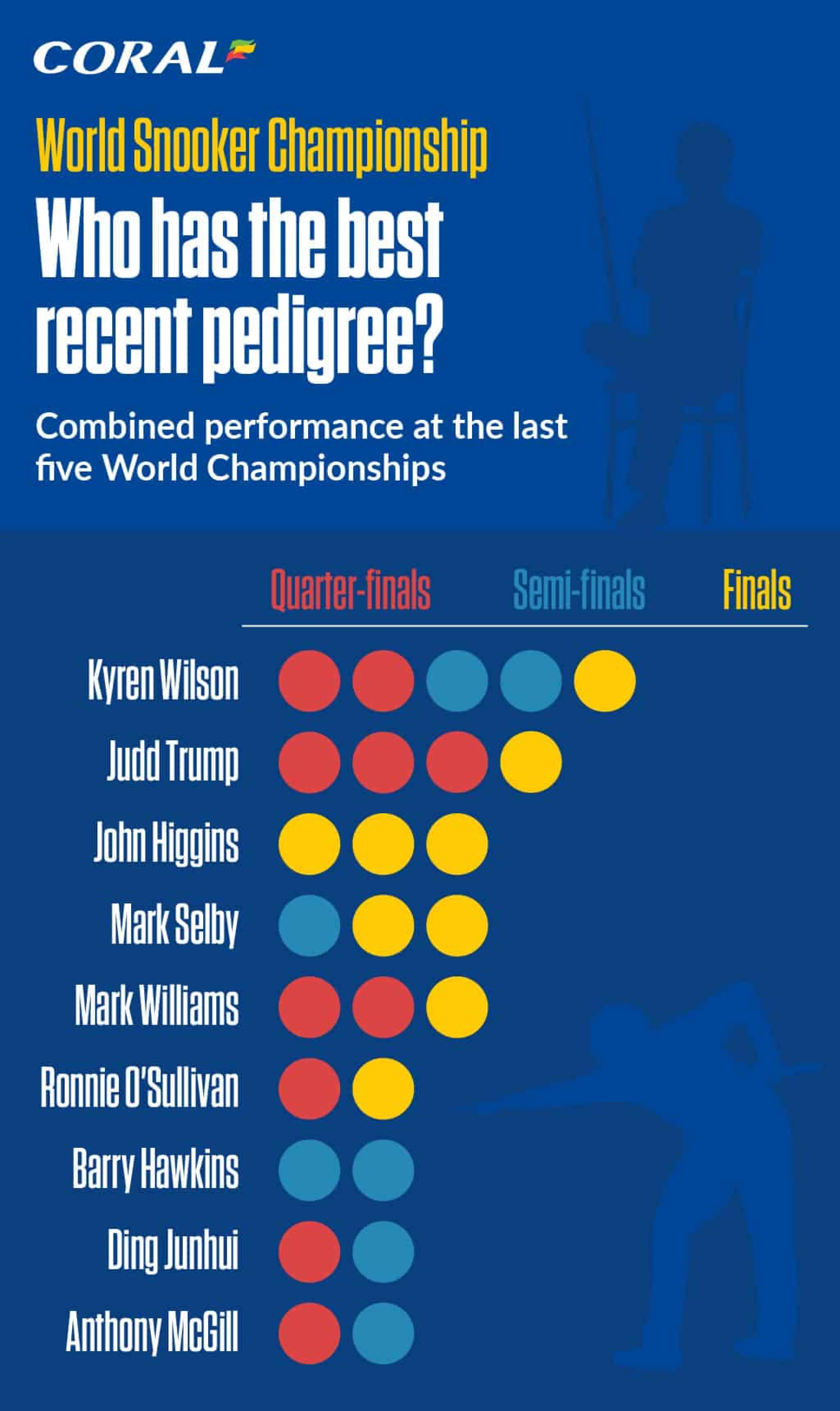
It would not be surprising to see defending champion Mark Selby and four-time winner John Higgins in the final four given that they have made it this far in three of their last five attempts. In fact only one of the last six finals has not featured at least one of these two players.

